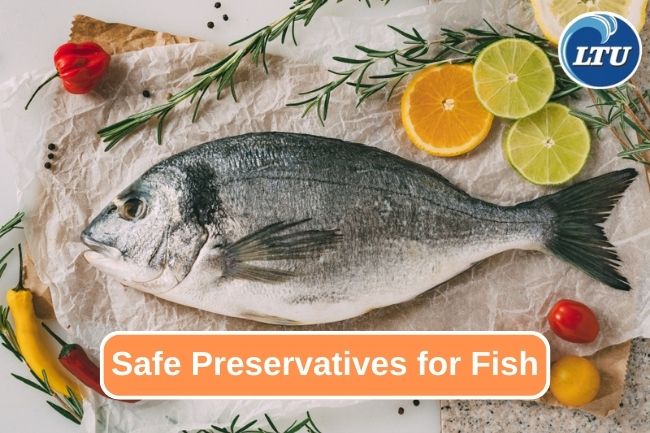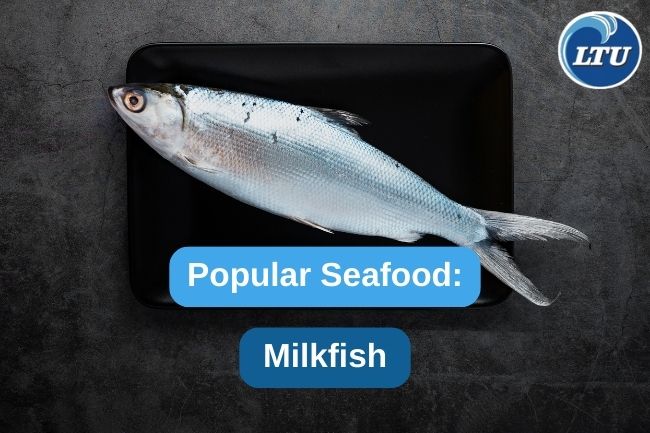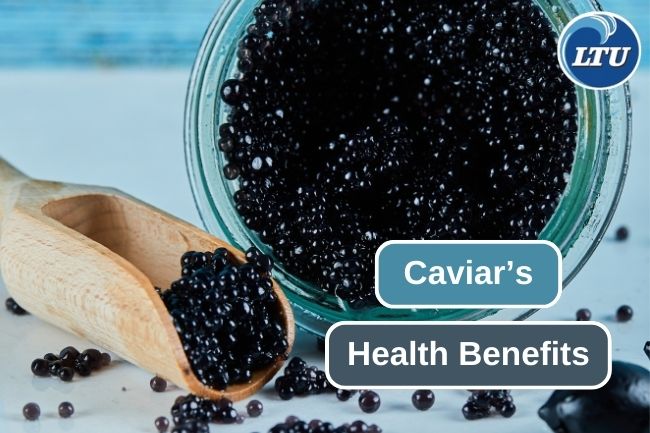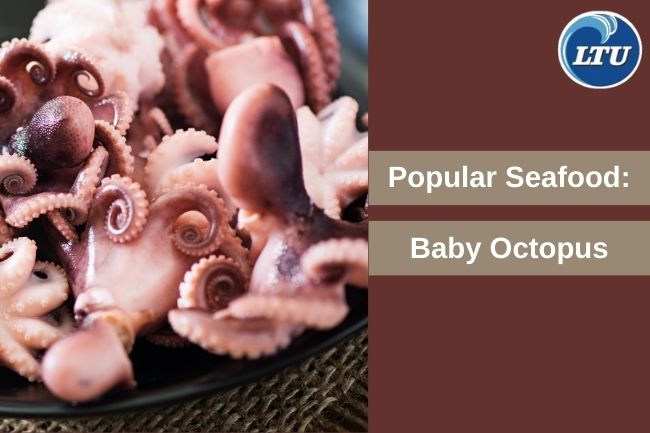4 Common Preservatives to Preserve Fish
By. Nevanda - 17 Oct 2023
lauttimur.com - Fish is one of the most valuable sources of animal protein in our daily diet. However, the extension of fish shelf life without compromising quality and safety is an important challenge in the fishing and food processing industries. One way to overcome this challenge is to adopt chemical preservation methods, which have become a necessary solution to keep fish and fishery products fresh for a longer period of time.
This article explores the different types of chemical preservation of fish. We will explore the role of certain chemicals in maintaining the quality, safety and longevity of fish. From the common use of sodium nitrite to the use of acetic acid and sodium benzoate, we will detail how these substances contribute to keeping fish products fit for consumption. More importantly, we will also discuss the safety standards and regulations that govern the use of chemicals in fish preservation, ensuring that the final product we consume remains safe for our health.
Read also: Popular Methods for Fish Preservation
Chemical preservation can include a variety of methods that involve the use of certain chemicals to inhibit the growth of microorganisms and maintain the freshness of fish. Some examples of types of chemical fish preservation include:
1. Preservation with the Use of Sodium Nitrite
Sodium nitrite is a common chemical used in meat and fish preservation. It helps prevent the growth of Clostridium botulinum bacteria that can cause food poisoning. In addition, sodium nitrite gives a distinctive pink color to processed meat products.
2. Preservation with the Use of Acetic Acid
Acetic acid is a chemical substance used in the acidification of fish and fish products. It helps lower the pH of the solution, creating an unsuitable environment for the growth of bacteria and pathogenic microorganisms.
Read also: Disease Management: Strategies for Healthy Fish Farming
3. Preservation with the Use of Sodium Benzoate
Sodium benzoate is a preservative used in some packaged fish products. It is effective in inhibiting the growth of mold, yeast, and some types of bacteria.
4. Preservation with the Use of Potassium Sorbate
Potassium sorbate is a chemical used in some fish products to prevent the growth of microorganisms that can spoil the product.
It is important to note that the use of chemicals in food preservation must comply with strict food safety standards, and the amount used must be within safe limits for human consumption. In addition, products containing chemical preservatives should usually be followed by clear information on the food label.
Read also: A Dive into Seafood Options to Boost Heart Health








